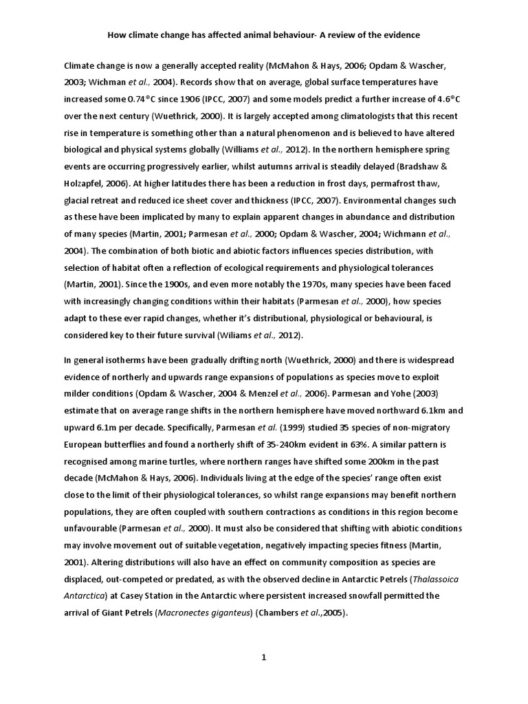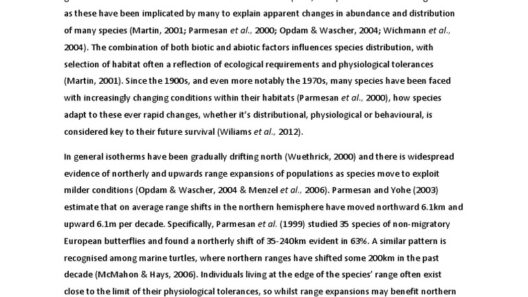Weather and climate are two terms that frequently intertwine yet hold distinct meanings. Understanding their relationship is crucial, particularly in a world grappling with the omnipresent specter of climate change. So, what is the correlation between weather and climate, and how do they coexist in the tapestry of Earth’s atmospheric phenomena? Let’s embark on an enlightening exploration.
At its core, weather refers to the short-term atmospheric conditions in a specific place at a specific time. Factors such as temperature, humidity, precipitation, wind speed, and atmospheric pressure dictate the weather. For instance, sunny skies with a temperature of 75°F in New York City on a Saturday afternoon constitute a weather report. This snapshot captures the variability and immediacy of atmospheric changes that can occur over hours or even minutes.
On the other hand, climate embodies the long-term statistical average of weather patterns over extended periods, typically 30 years or more. It encompasses the aggregate of various weather elements, revealing trends and anomalies. For instance, the Mediterranean climate is characterized by warm, dry summers and mild, wet winters. This classified understanding aids in predicting not just seasonal patterns but also informs agricultural practices, urban planning, and disaster preparedness.
To delve deeper, one might wonder: if weather fluctuates daily, how can it inform us about the climate? This query introduces an intricate challenge. Anomalies in weather patterns, perhaps resultant from climate change, may present a paradox. For example, an unusually warm winter does not immediately imply a changing climate, but consistent patterns of such warmth could suggest a significant shift. Weather acts as the climate’s messenger, reflecting deviations and trends that contribute to the broader narrative of climatic evolution.
One pivotal factor connecting weather to climate is the concept of variability. The atmosphere is a chaotic system. Naturally occurring phenomena such as El Niño or La Niña can induce drastic changes in global weather patterns. El Niño, for instance, often brings warmer ocean waters to the equatorial Pacific, influencing weather patterns worldwide. Understanding these oscillations is paramount, as they can lead to droughts in some regions while flooding others, thereby showcasing how localized weather events ripple through global climates.
The impact of human activities intensifies the significance of this relationship. Anthropogenic forces, primarily the emission of greenhouse gases, have prevalent implications for both weather and climate. As we increase the concentration of carbon dioxide and other gases in the atmosphere, the Earth’s average temperature rises, resulting in altered weather patterns. This profound global change could prompt more extreme weather events: hotter heatwaves, fiercer storms, or extended droughts. The resultant phenomenon illustrates a significant intersection where weather, influenced by climate change, challenges the norms of established climatic predictions.
It is essential to recognize the role of the natural environment in this discussion. Ecosystems, with their intricate balance, respond to shifts in both weather and climate. For example, increased rainfall due to climate change may help lush vegetation flourish in a geographical region, but an increase in prolonged dry spells could set the stage for disastrous wildfires. As biodiversity grapples with these changes, understanding the nexus between weather and climate becomes even more critical for conservation efforts.
The interplay of weather and climate not only influences ecosystems but also profoundly impacts human society. Adverse weather events such as hurricanes have become more intense, leading to severe economic consequences and loss of life. Communities are compelled to adapt, preparing for increasingly volatile weather patterns driven by long-term climate change. Policymakers and urban planners are challenged to reconcile immediate weather forecasting with long-term climate predictions to ensure sustainable development and safeguarding of vulnerable populations.
A particularly relevant challenge in understanding this relationship involves communication. The general public often conflates isolated weather events with long-term climate trends, leading to misconceptions. A single cold snap, for instance, does not negate the reality of global warming. This highlights the importance of education and effective messaging about the distinctions and connections between weather and climate. Clarifying that while one pertains to day-to-day atmospheric events, the other offers an overarching view of atmospheric behavior across decades enables a more informed and engaged citizenry.
Moreover, this relationship opens a plethora of research avenues, awaiting exploration. Scientists continuously study how changing climatic conditions can lead to altered weather patterns and vice versa. Advanced meteorological models and simulations serve as crucial tools for unraveling these complex interactions, providing insights into future scenarios that could help humanity better prepare for the unknown. By synthesizing knowledge across diverse disciplines—such as meteorology, climatology, ecology, and social sciences—we stand to gain a comprehensive understanding that is vital for devising effective strategies against climate change.
In conclusion, the relationship between weather and climate is a fascinating yet complex dance of atmospheric dynamics. Weather acts as the immediate expression of atmospheric phenomena, while climate serves as the long-term narrative woven from these myriad experiences. As human influence reshapes the Earth’s atmospheric system, discerning how these elements intertwine is critical for effective adaptation and mitigation efforts. Through ongoing dialogue, education, and dedicated research, we can chart a course towards a more sustainable and resilient future, one that acknowledges the interconnectedness of our planet’s weather and climate.







